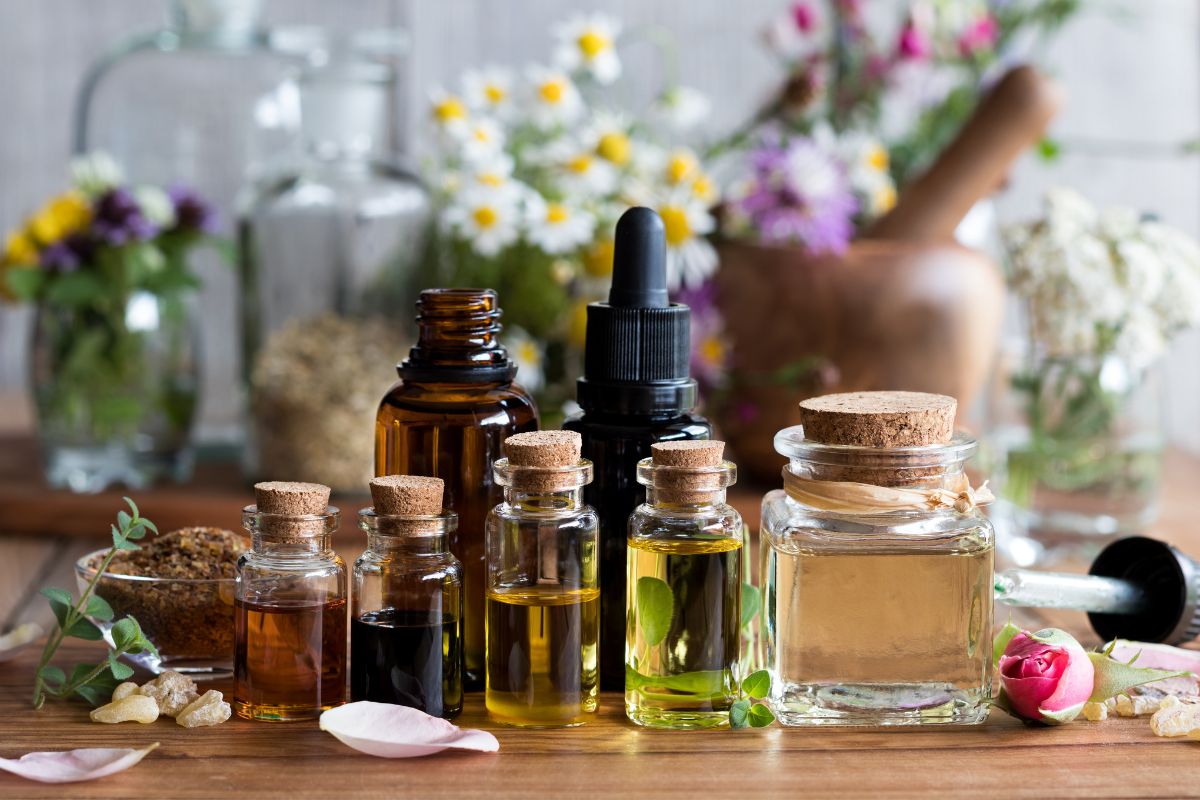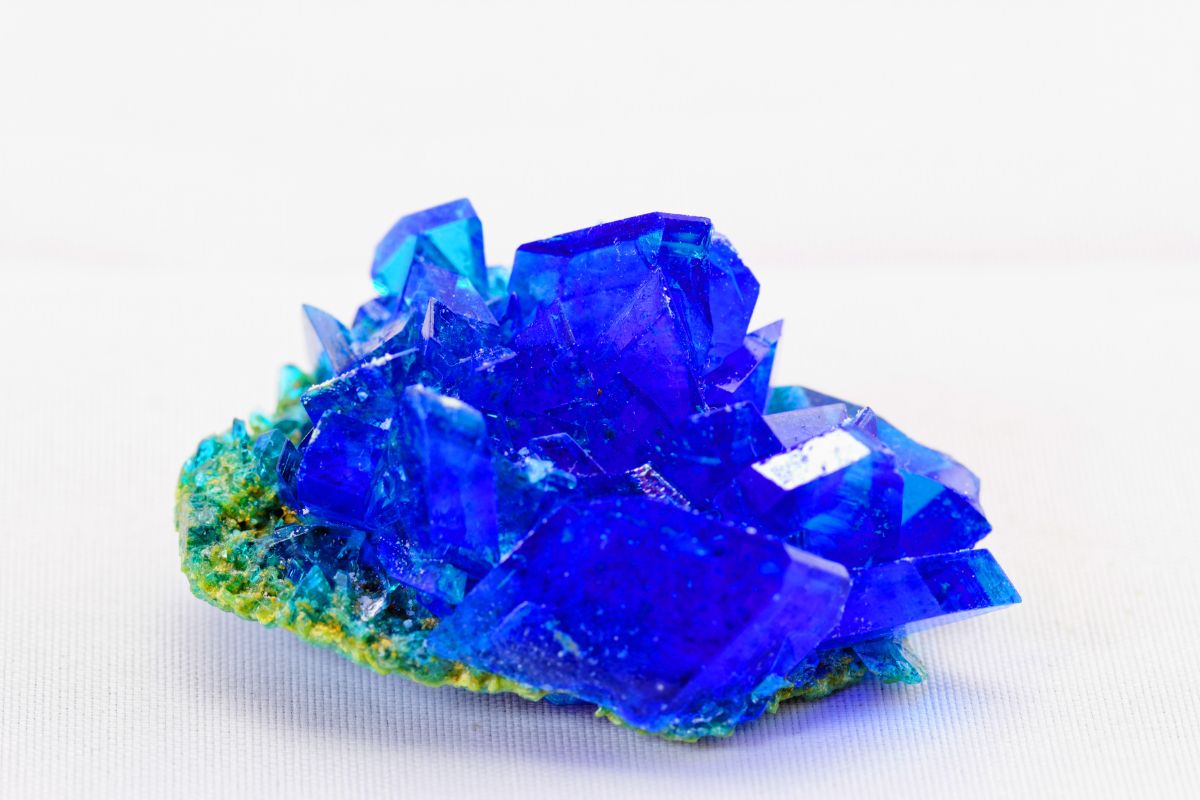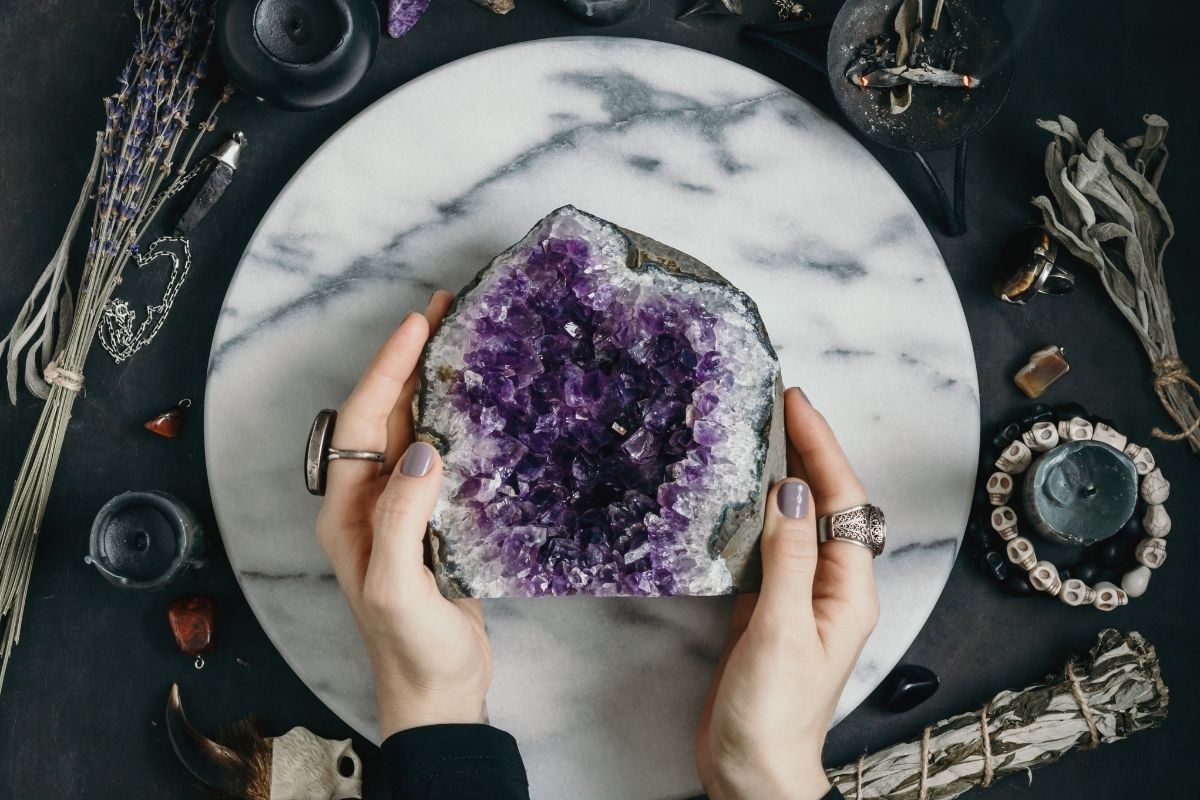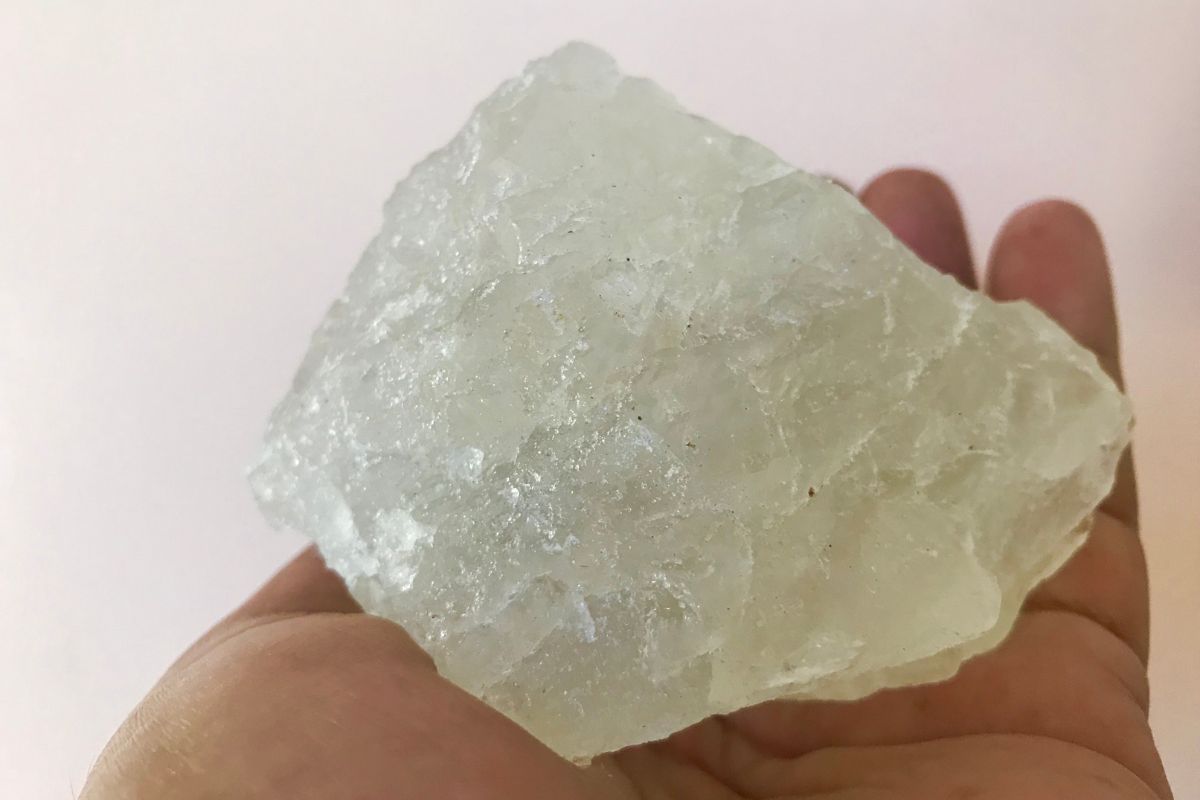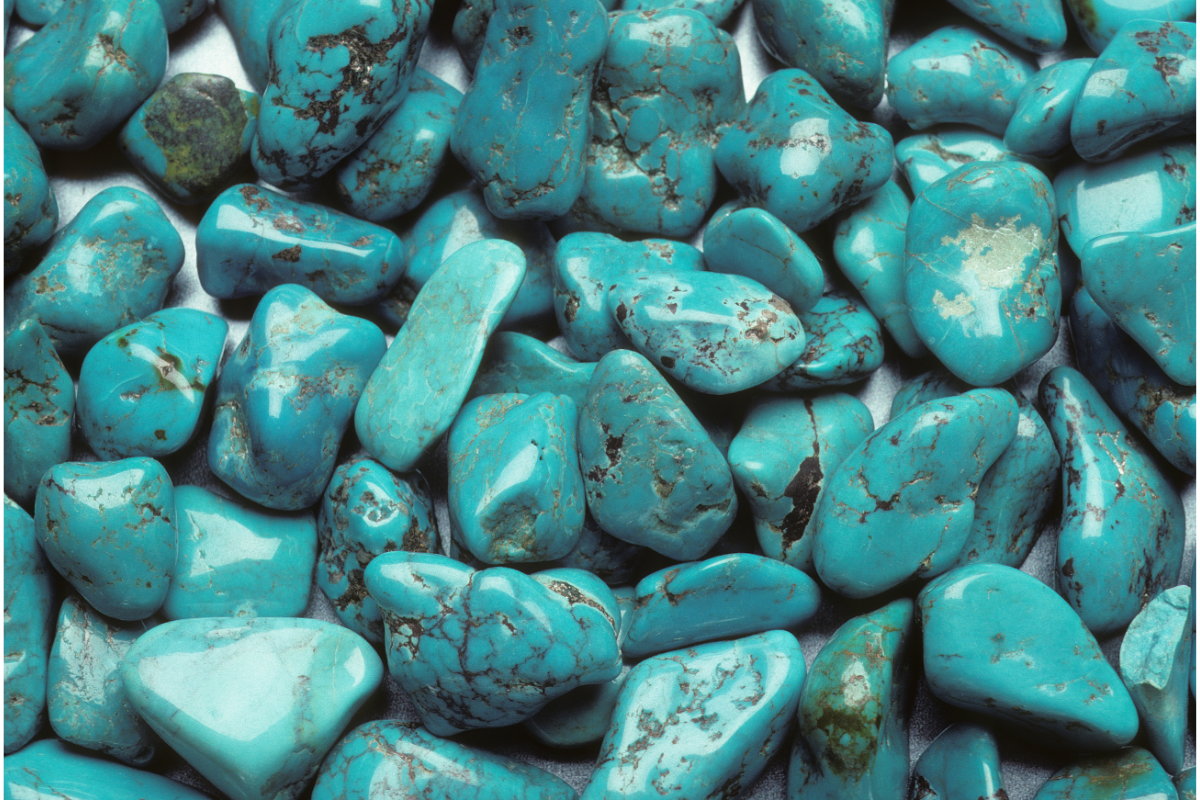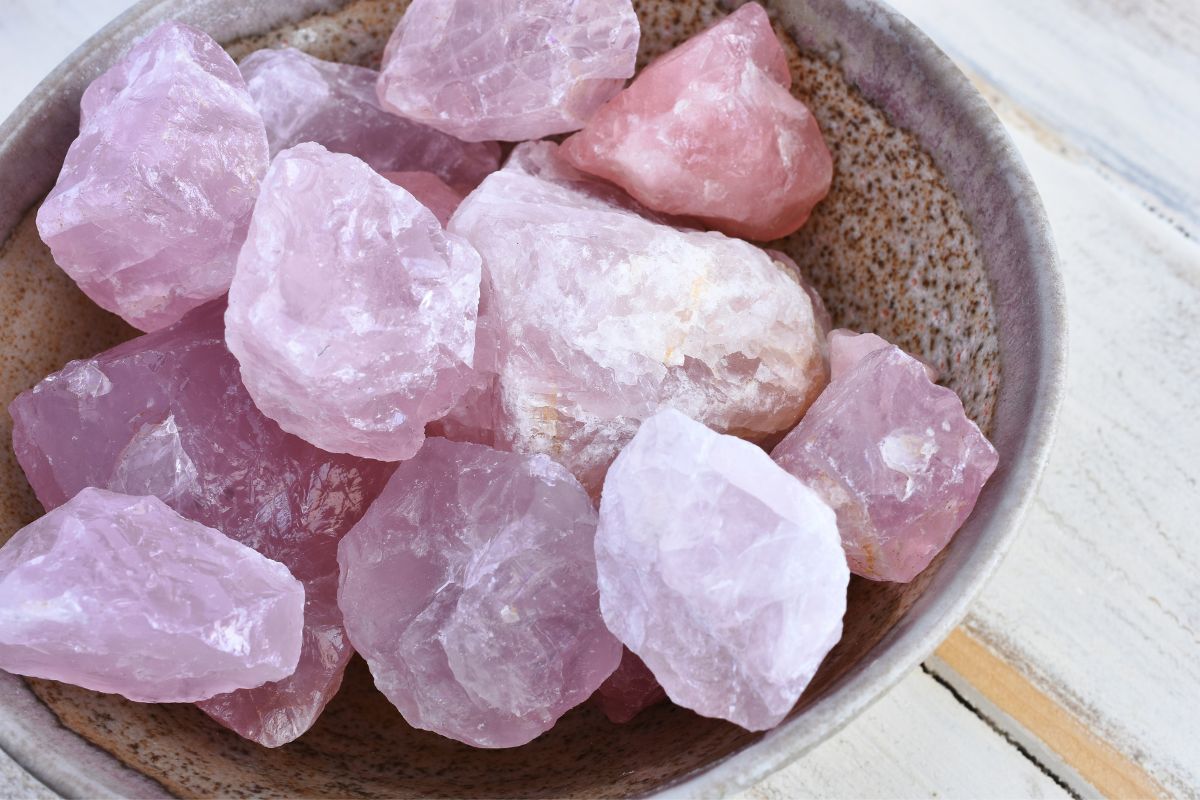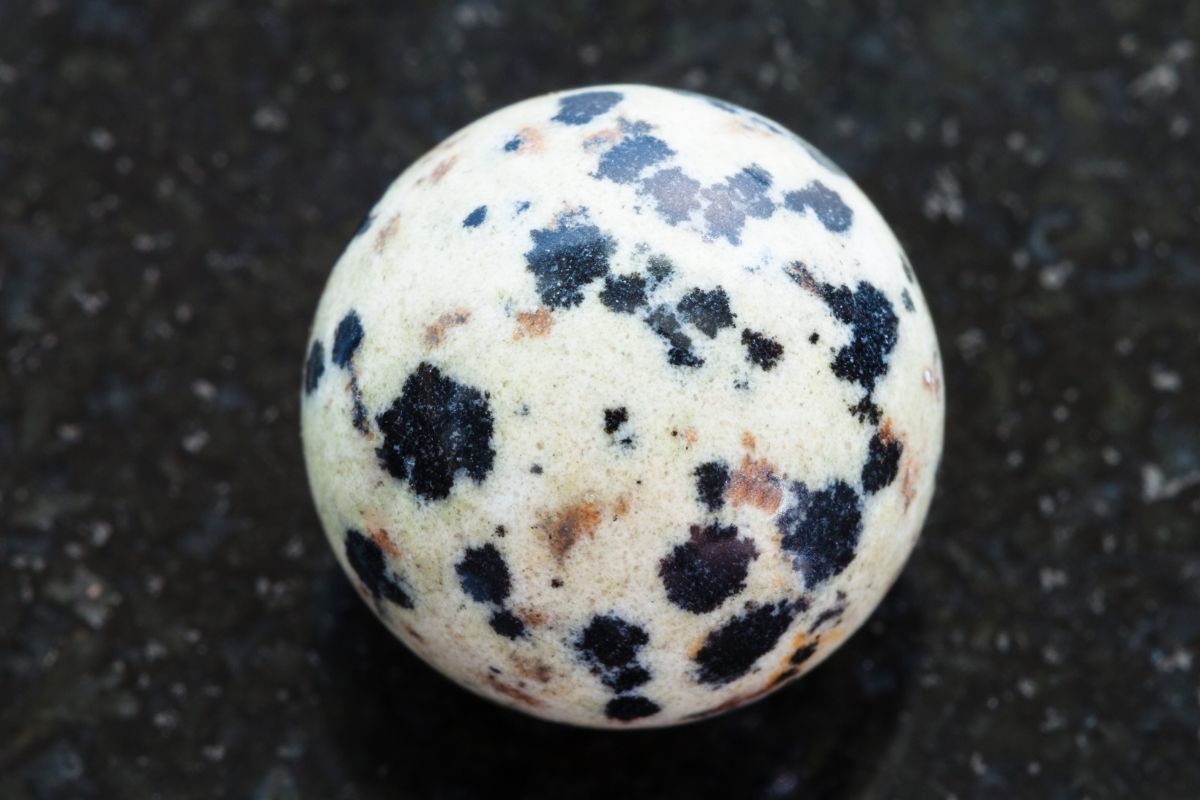How many essential oil drops should you put into your diffuser? Should you add more or less? How often should you change the water in your diffuser? These questions come up frequently, especially during the summer months.
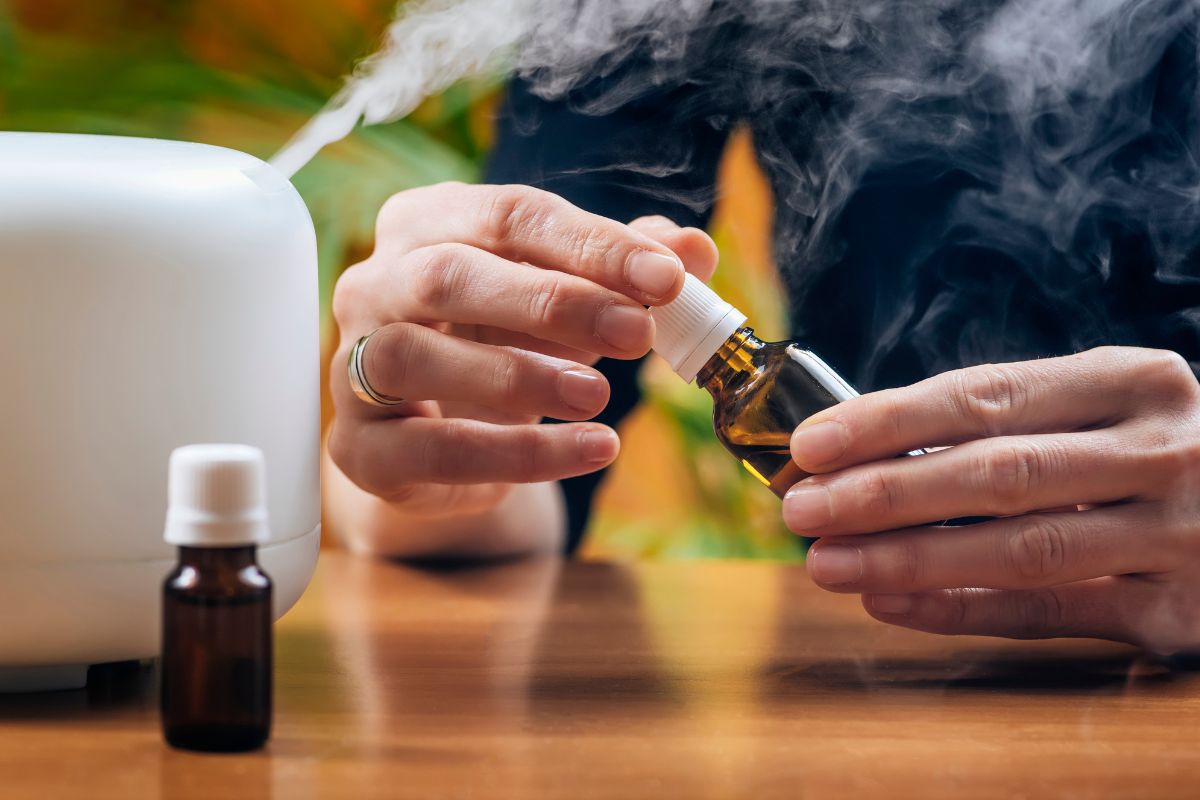
Diffusers are great tools for adding aromatherapy benefits to your home. They diffuse scents throughout the air, creating a relaxing atmosphere. The scent can also help improve mood and reduce stress levels.
It Depends On The Room Size
Essential oils are powerful natural scents that can help improve mood, reduce stress, promote relaxation, and boost energy levels. But there’s one thing that many people don’t know about essential oils: how much oil they actually need to diffuse into the air.
How do you choose the right amount? How much do you know about the different types of essential oils? How many drops do you think are needed for a certain-sized room?
If you don’t know what type of essential oil you’re using, here’s a quick guide to help you figure out how many drops to use. The amount of essential oil required depends on the size of the room you wish to scent. A small room requires fewer drops than a larger one.
This is because the air circulation in a smaller room is greater than in a bigger one, thus allowing the essential oil to diffuse better. So how big should your diffuser be? Well, it depends on where you plan to place it.
For example, if you’re placing it in a large living room, you might want to consider a 500 ml diffuser. This allows you to fill a space with several drops of essential oil, creating a pleasant aroma without overwhelming the entire space.
However, if you’d rather just diffuse a single room, a 100 ml diffuser could work perfectly fine. You wouldn’t want to fill the whole room with essential oil, but you can still enjoy a relaxing aroma.
What Is Essential Oil Diffusion?
Essential oil diffusion is spreading essential oils into the surrounding air. You can use essential oil diffusers to achieve this goal. An essential oil diffuser uses the power of electricity to disperse the essential oil molecules into the air.
Diffusion is the process of releasing molecules into the surrounding environment. When you put a drop of essential oil on your skin, it spreads throughout your body via blood flow, eventually reaching every cell.
If you take a bath or shower, the water helps spread the scent around your body. You can even add some essential oil directly to the tub or shower to enhance the experience. But what happens when you use a diffuser?
A diffuser works by drawing in ambient air and dispersing it through tiny holes. As the air passes through the holes, the essential oil is dispersed into the air.
How Many Drops Should You Put In Your Essential Oil Diffuser?
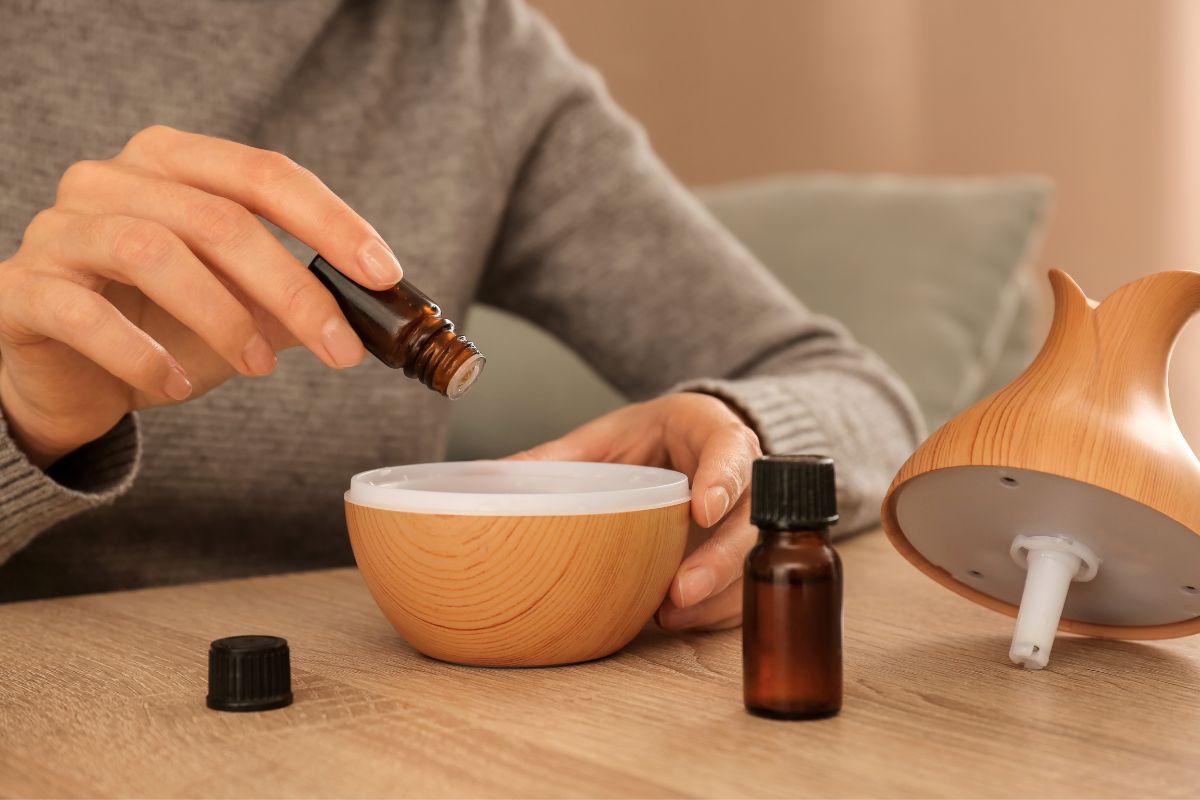
It’s recommended to start with 5–15 drops of essential oil in your diffuser, depending on how strong you want the scent to be. You’ll find instructions on how much oil to use in your diffuser.
If you like subtler aromatic blends, ease up on the number of drops used. For instance, if the instructions say “6–8 drops,” start with 5 and work up to stronger scents. Or, if the instructions say 8 drops, start with 7 and work down to 5.
Types Of Essential Oils
There are three main categories of essential oils: citrus oils, fragrance oils, and therapeutic-grade oils. Each category has its own benefits and applications. Citrus oils are used primarily for cleaning purposes. They smell great and work well against bacteria.
Citrus oils are often found in commercial cleaners like Lysol and Dettol. When we’re selecting scents for our home fragrance blends, we like to start with three essential oils. They are usually citrus, floral, and woodsy.
A few drops of each oil go into a glass vial, and we’ll add some distilled water. Then we use a dropper to fill up the rest of the container with a carrier oil. The ratio of oils changes depending on what you want to do with the blend.
For example, if we’re making a room spray, we’ll put more citrus oils in there because citrus smells tend to linger longer.
If you’re looking to make a diffuser blend for yourself, you might think about starting with just one type of oil and adding more later if you don’t like how the mixture smells. But we recommend bringing one oil closer to your nostrils and moving the others further back.
This way, the one that’s closest will have the most drops in your blend.
What Happens When Too Many Essential Oil Drops Are Used?
One of the most common mistakes people make while using an essential oil diffusing system is to use more than what is recommended. This mistake can lead to unpleasant side effects because it affects our sense of smell.
When we inhale something, our brain sends signals to our olfactory bulb, where we perceive the scent. Our brain interprets information and creates images in our minds. We often think that adding more essential oil to our diffuser will increase the intensity of the scent.
However, it’s a fact that our ability to detect odors decreases over time. In addition, everyone has a different threshold level which depends on many factors, including age, genetics, and health condition (the strength and sensitivity of your sense of smell).
If you live in a place with strong environmental pollution, the air quality in your home can decrease your sense of smell even further. If you’re using an essential oil diffuser, you must remember that the maximum recommended dosage per day is 10 drops.
Even though aromatherapy products usually come with a label indicating how many drops you should use each day, it is important to read the label carefully. You don’t want to exceed the recommended daily dose because you could experience unpleasant side effects.
Final Thoughts
Essential oils have been used for centuries as natural remedies. Today, they continue to be one of the best ways to improve your overall health and wellness. By following these simple tips, you’ll be able to enjoy the benefits of essential oils without any negative side effects.
- 15 Crystals That Cannot Be Exposed To The Sun - January 7, 2024
- Malachite Vs Fuchsite – Benefits And Uses - January 7, 2024
- Malachite Vs. Green Jasper: Benefits And Uses - January 7, 2024

